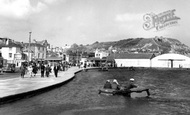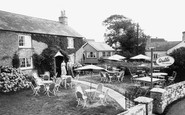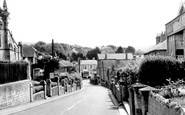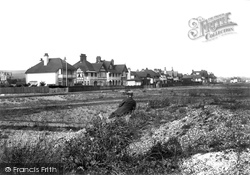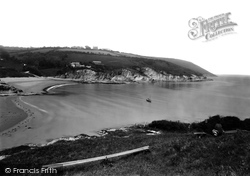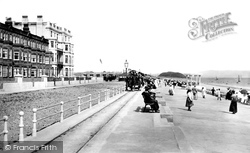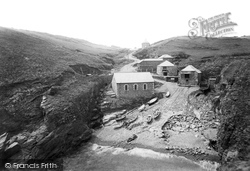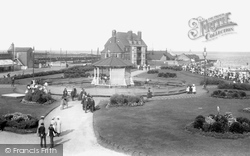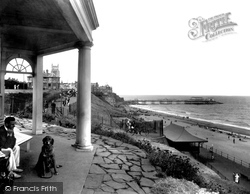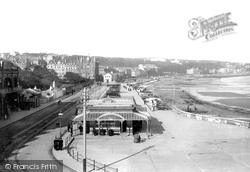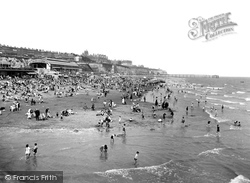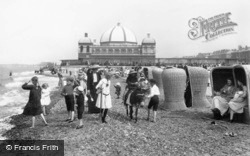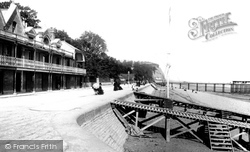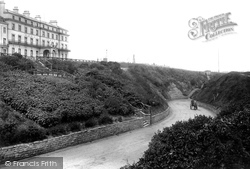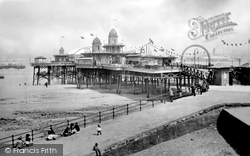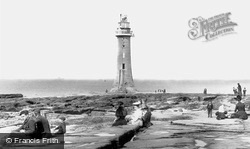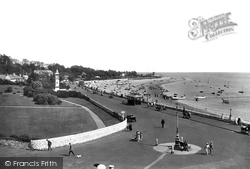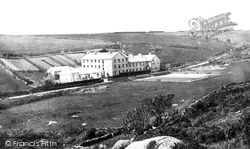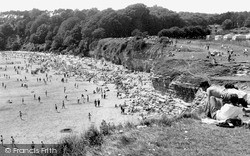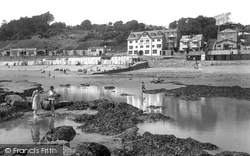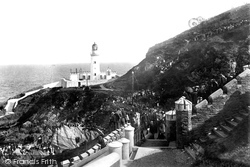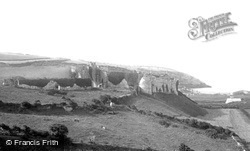Places
1 places found.
Those places high-lighted have photos. All locations may have maps, books and memories.
Photos
11 photos found. Showing results 781 to 11.
Maps
4 maps found.
Books
1 books found. Showing results 937 to 1.
Memories
1,362 memories found. Showing results 391 to 400.
1960s
I spent most of my childhood in Berwick staying at my nana's house in Wallace Green and then at my aunt's pub, the Harrow Inn in Tweedmouth. I would spend days on the beach, either Berwick or Spittal where they had trampolines on ...Read more
A memory of Berwick-upon-Tweed by
Priceless Memories
I was born in 1942 and since I was 8 have returned to Weymouth many times since. What priceless memories I have of this place and people that come to mind, school and village coach trips from Norton Fitzwarren in Somerset with ...Read more
A memory of Weymouth by
Hastings, Memories C1955
I used to spend my summer holidays at my grandmother's house in Middle Street and remember spending many hours in the Olympia amusement arcade at the top of the road that led into the old town. There was a juke box which ...Read more
A memory of Hastings by
So Many
I was born 1941 in Raneleigh Road Nursing Home in Mount Charles. I was brought up in Rope Walk Lane opposite the old Primary School. There was a cement works part way down the lane. My mother (aged 19) worked in the 'Food Office' in ...Read more
A memory of Charlestown by
Life At Corwen
I have lived here all of my 65 years and can't imagine living elsewhere unless fate dictates otherwise. Corwen had reached rock bottom at one stage, but,as they say - the only way is up! Hopefully, I will live to see the railway back ...Read more
A memory of Corwen by
Youthful Memories
Born In Nairn, now living In New Zealand. Memories include: the putting green, picking rasps and brambles in the Links bushes, hot orange at Morganti's after Bible Class on a Sunday night, the wishing well in the "big valley" at the ...Read more
A memory of Nairn by
Remembrance Of Things Past
This picture was taken a little after I left the town for further down the coast. I believe that the large building was called the Marine Cafe. A real and rare treat was to go and have a Knickerbocker Glory in a tall ...Read more
A memory of Newbiggin by
Happy Days
I visited the Bosherston Tea Gardens every May Bank Holiday week from 1967-1972. The reward for walking from Broadhaven beach via the Lilly ponds was tea and a piece of iced cake complete with a cherry. On an earlier holiday the ...Read more
A memory of Bosherston by
Family Holidays In The 1950s
I was born in 1942 and brought up in Walthamstow in NE London. We were a working class family and Dad always managed to provide us with 2 weeks' holiday somewhere. How we came to holiday in Wroxall is still a bit of a ...Read more
A memory of Wroxall by
Pagham From The 1960s Til Now!
I first came to Pagham in 1965, we used to holiday at Church Farm Caravan Site and in those days it was run by John and Shirley Romaine. I have fond memories of Buster and Cocker from my Church Farm Days and I remember ...Read more
A memory of Pagham by
Captions
1,130 captions found. Showing results 937 to 960.
Kingsdown stands on the coast where the white cliffs of Dover give way to the extensive shingle beach that runs eastwards to Walmer & Deal. Caesar is said to have landed in this vicinity in 55BC.
This bay is typical of a number along the coast of Ceredigion. Deeply inset, it provided shelter for loading and discharging cargoes, including herring, and for the 11 ships that were built here.
Horses tread the tramway along Pwllheli's busy promenade at Marian-y-mor (then known as West End). The tramway had opened two years earlier, in 1896, and was closed in 1927.
The elegant brick railway station is at the far end, and the Grand Hotel is on the left. On the right is the Taliesin Hotel.
Church Cove is on the east side of the Lizard. The building on the left is the lifeboat station, erected in 1885; it is unusual that it is set at right angles to the beach.
The awnings are still up on the bandstand and the musicians are tuning up in readiness for the afternoon matinee. A colourful throng is being entertained by pierrots on the beach.
This view shows the fairground on Coney Beach.
This man and his best friend are sheltering from the sun on the north-facing side of this Victorian enclosure.
The tide is well and truly out in this picture, taken as the shadows lengthen on a summer evening in 1896.
In 1926, the Sands railway station closed and was converted to amusement arcades housing hundreds of slot machines; there was also a helter-skelter and a skating rink.
This bustling scene looks east to the pier pavilion and the pier. The bucket and spades, bare feet, donkeys and wickerwork basket chairs recapture a vanished era.
Here the beautifully constructed Esplanade is viewed in close-up. Its creation was vital to form a refined loop around which the wealthy and fashionable could travel.
This road up from the beach was first started at the time that George Hudson bought the West Cliff Estate in the 1850s, and it got the name from the strategic pass important in the Afghan wars, which
Here we can see a closer view of the railway line, which runs parallel to the river virtually all the way to Carmarthen.
Portreath was a busy mining port in the 19th century, when sailing vessels loaded copper ore for the Welsh smelters and returned with coal for the mine engines.
They would arrive on an early ferry with their wicker baskets and 'set up shop' along the promenade or on the beach.
The sandy beach is overwhelmed by a tide of holidaymakers, most of whom have probably arrived here by train at the station in the left background.
This is the chief Mersey bathing-place, which at once gains and loses by its proximity to the great commercial city of Liverpool.
Motor vehicles have mostly replaced horse-drawn carriages by the first decade after the Great War.
The Eastern Telegraph Co's large cable station was established in the valley just inland from the beach at Porthcurno, where undersea cables came ashore.
Long before the advent of mass tourism, the coastline here had been exploited as a source of income for local people.
An incredibly low ebb- tide, which would also have coincided with one of the highest tides of the century, has exposed the rock pools on Lucy's Ledge.
Douglas Head Lighthouse was erected in 1892, replacing the sixty year old Red Pier light. In 1786 Douglas harbour lighthouse had been destroyed during a storm and not rebuilt.
The castle was erected on a red sandstone spur from locally quarried limestone.
Places (1)
Photos (11)
Memories (1362)
Books (1)
Maps (4)

